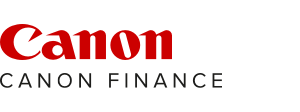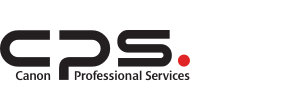What can classrooms learn from museums
The way we visit museums has changed, right along with the way we deliver education. What cues can teachers take for their classrooms from the evolving museum landscape? Lots, especially when it comes to STEAM education, as some Australian teacher decently discovered.

















